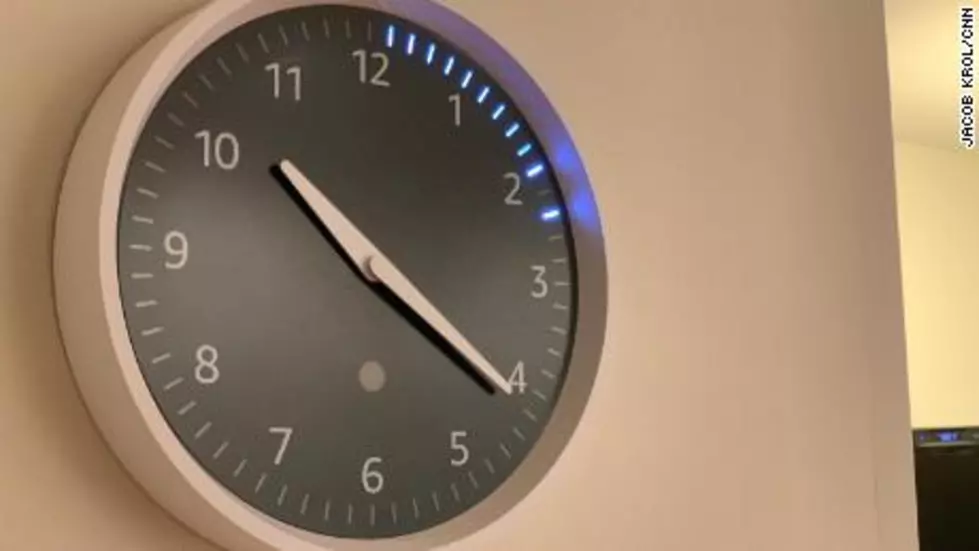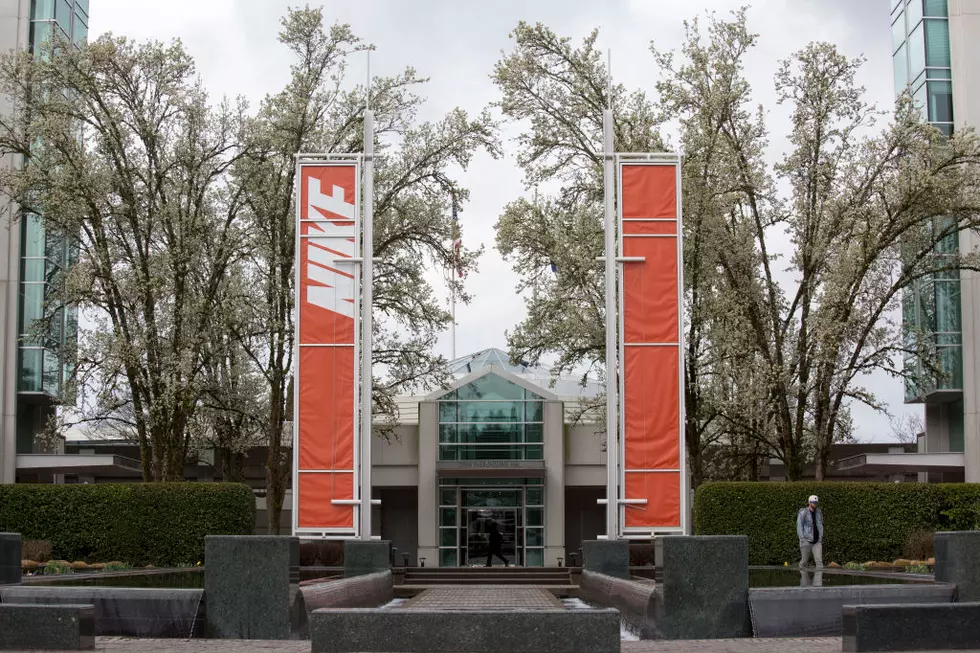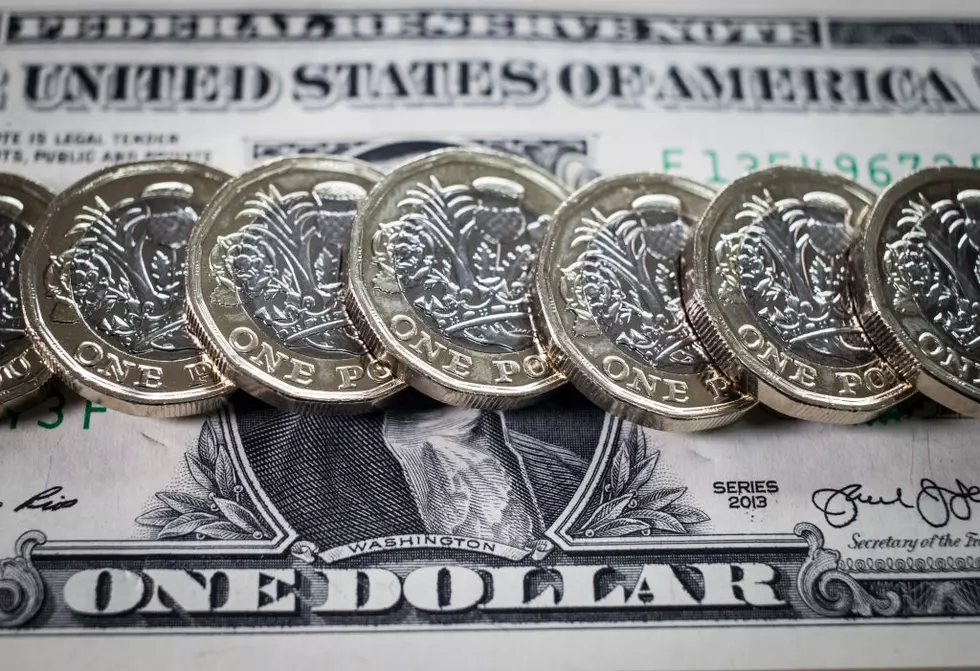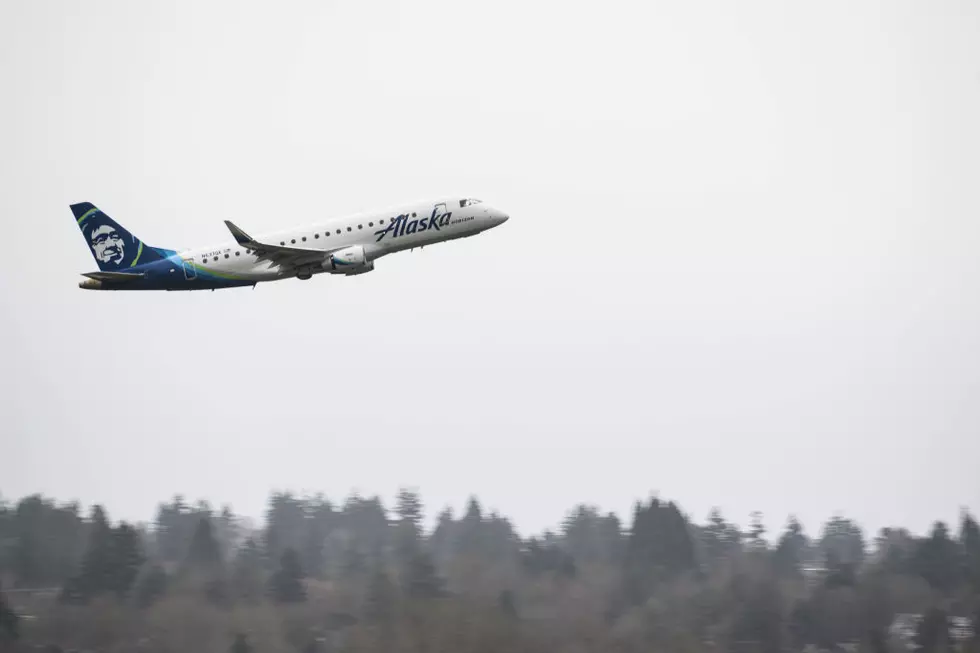
Is Daylight Savings Time Really Necessary Anymore? Turning Clocks Back Early Sunday
Most of us don't even know why we do it. But a growing number of critics and experts are saying the idea of "Spring Forward, Fall Back" is outdated. (Yes, that's MY Green Bay Watch!)
DST, or daylight savings time, has it's origins back to World War I, and was enacted as part of the Standard Time Act. The country was divided into our current time zones, Eastern, Central, Mountain and Pacific.
Huge efforts were being made back then to conserve energy and materials. The belief was by turning the clock back one hour, more tasks could be performed by using daylight, instead of electricity for lighting - therefore "daylight savings."
However, that was in an age when electrical systems and much of our infrastructure was crude compared to today. The idea was practiced until World War I ended, according to the folks at Accuweather.com:
After the war, daylight saving time was revoked. When food conservation became mandatory in the United Sates during World War II (rather than just being encouraged as it was in WWI), daylight saving time was once again instated. Referred to as "War Time," it spanned from early February until the end of September.
Some states choose NOT to observe it, including Arizona and Hawaii. Hawaii doesn't use it because it's much closer to the equator, giving it a lot more hours of sunlight. They really wouldn't get any benefit from turning clocks ahead or behind.
Many now argue the savings aren't worth the effort to manipulate our clocks every year. Everything from the digital computers we use to deliver our Newstalk 870 programs (and satellite receivers) to your cellphone are triggered to spring forward and back every year.
While we like the extra hour of sleep in the fall, we lose it in the spring. The ongoing discussion as to whether DST is worth it for energy savings continues to go on.
More From 870 AM KFLD






